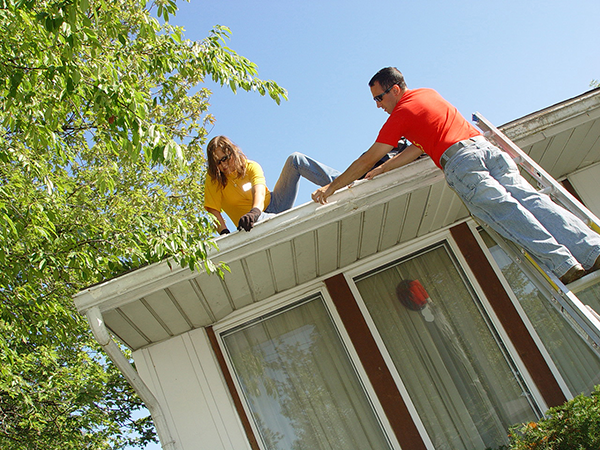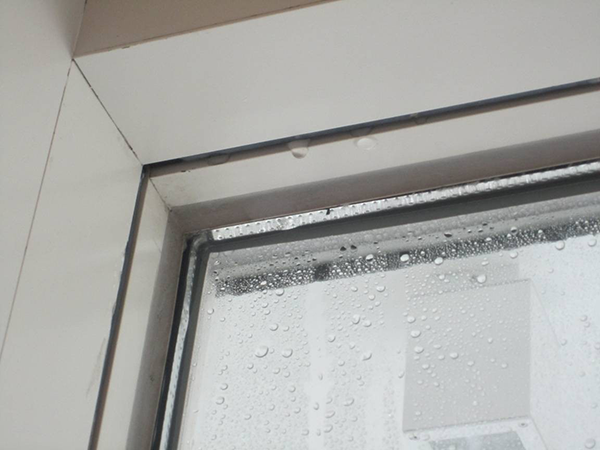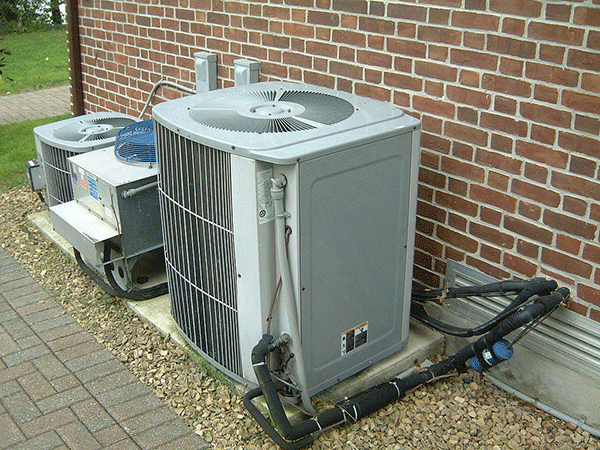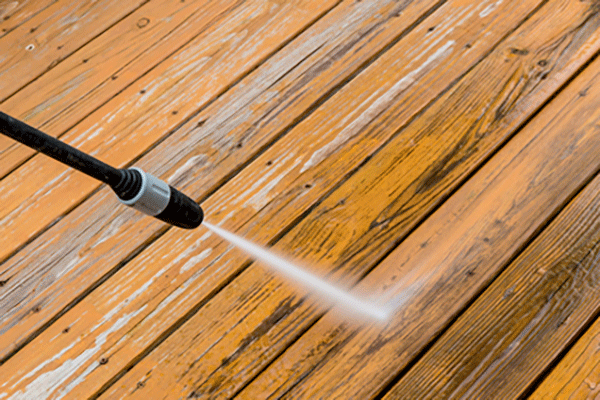Our Guide To Springtime Home Maintenance
Once spring arrives it is time to stop hibernating and take stock of your surroundings. In this case, we’re talking about your home and property. The winter months have been filled with snow, ice and harsh weather which may have caused wear and damage to your property. Take the time to survey your home and take stock of any aspects that require cleaning or maintenance. Consult this guide for target areas to inspect and tips to get your maintenance quickly out of the way so you can get outside into the sun.
Examine Your Roof For Damage
Your house’s roof is the main barrier to water entering your home. Inspect roofing shingles, making arrangements for replacement or repairs if wear or damage is noticed. The winter snow and ice can cause cracking, buckling or tiles to become loose. The summer sun doesn’t help either as it bakes and dries out the shingles. Be sure to inspect skylights, chimneys and the flashing around any plumbing vents.


Annual Chimney Inspection
Masonry chimneys require an annual inspection to check the joints in-between stones or brickwork. You’re looking for missing bricks, weed growth and something called “efflorescence” – a calcium deposit that’s white in colour and indicates that your chimney joints are absorbing moisture instead of sealing it out.
Inspect Gutters and Eavestroughs
Walk around your home and do a visual inspection of your eavestroughs. Look for leaks, loose sections and clogging. Improper drainage for any reason can cause further damage can and also lead to basement flooding if water is not being directed away from the home.
Look For Low Areas Near Your Home’s Foundation
Winter’s harsh conditions can erode or move soil around on your property. Potential damage can occur if this soil movement has created low spots near the walls of your homes. We recommend using compacted soil to fill any holes or ditches so that water flows away from the foundation instead of pooling.
Your Home's Exterior Walls
Check exterior walls for damaged areas, paying attention to areas under eavestroughs and downspouts. Water stains can indicate areas where gutters are not performing properly. For homes with wood siding, check for cracks, loose panels, or other areas where openings can provide small animals or insects access.
Routine Foundation Inspection
Inspect your home’s foundation for cracks in the masonry or signs of water entry – stains or open areas. If any problem areas are found we recommend hiring a professional foundation repair company instead of risking improper DIY repairs.
Windows
If the windows in your home aren’t properly sealed, warm air can enter your home while letting conditioned air escape. This can add energy costs and cause issues with moisture control down the road. Also inspect all weather stripping and caulking to ensure a tight seal. If you have noticed that double or triple glazed windows showed condensation during the winter, these windows may need to be replaced.


Check Your Air Conditioning Unit
Nothing is worse than sweating in your home during the summer because your AC unit is out of service. Stay a step ahead and check or replace the air filter, visually inspect hoses for leaks and ensure the drain pans are doing their job. Cleaning the unit of any accumulated dust and dirt will also extend the life of your unit and help with efficient, problem free performance.
Your Home's Attic
Check your attic to make sure that no animals have made a home inside your attic. Search for signs of mold – black or gray spots similar to staining. If mold is present you should consider increasing the ventilation inside your attic space to keep the moisture level down and mold growth in check.
Basement Inspection
Basements in homes are particularly prone to moisture and insects. If your basement has a higher than normal humidity level, this will need to be remedied through added ventilation or installing a dehumidifying system. Water penetration will show low down, where the walls meet the floor, so inspect carefully as not to miss any signs of water entry. Examine any exposed wood framing for tunneling that can suggest a pest problem. Contact a professional foundation repair company or pest control service to fix any issues for you.
Your Property’s Lawn
Spring maintenance of your yard involves vigorously raking the lawn, removing branches or other debris such as leaves that can choke fresh grass that’s trying to grow. The winter months can alter the PH level of your soil and needs to be checked so steps can be taken to bring it back into a healthy range. Inspect outdoor water systems such as faucets, sprinklers, pipes etc. and make sure they are functioning correctly with no leaking.
Patios & Decks
Check the condition of your deck or patios construction, mainly the boards on which you walk. Look for raised nails or screws, splintering boards and debris jammed in between the seams. Giving your deck a good spring cleaning every year and a resealing every few can greatly extend the life of your outdoor deck. Be sure to follow manufacturers recommendations when it comes to seasonal maintenance. If your deck or patio is raised, look underneath, checking for nesting animals or damage to the structure.
Inspect Your Lawn Equipment
Once the spring and summer months hit, your yard’s grass will be growing at a fast pace. We recommend making sure that your lawnmower and other yard tools are in top shape so you’re not left looking at a field of tall grass while you wait for repairs. Filling new fuel, installing a new spark plug and sharpening the cutting blades are great ways to not only keep your mower in good condition but to also save you time and aggravation as you complete yard chores throughout the year.

